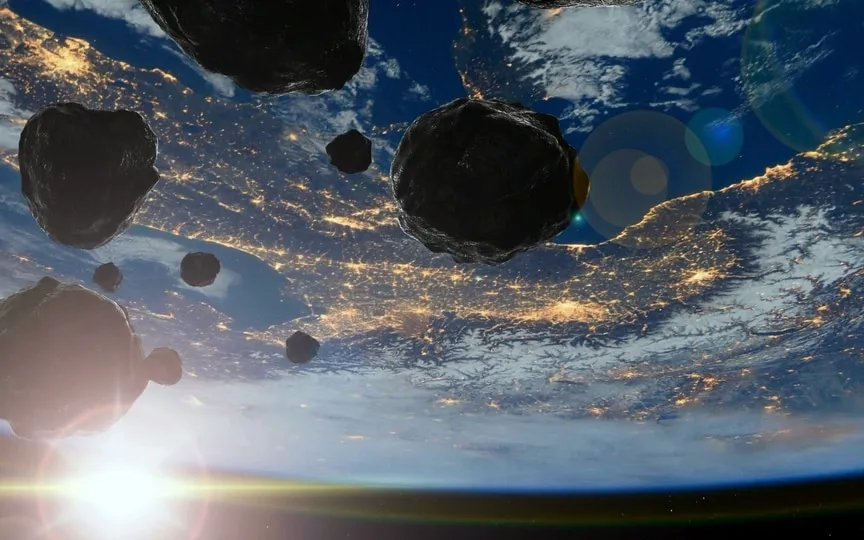NASA Warns of Two Giant Asteroids Heading Towards Earth, One 1600-Feet and the Other 1500-Feet
Although numerous asteroids come near Earth on a daily basis, only a fraction of them pose a threat to humans. Nevertheless, the danger has recently increased as NASA has cautioned about two hazardous asteroids that will approach Earth closely in the upcoming week. According to information from NASA’s Jet Propulsion Laboratory (JPL), the first asteroid, named 1994 XD, is a colossal object measuring 1500 feet, similar in size to a bridge, and traveling at an incredible speed of 77301 kilometers per hour. It will come closest to Earth on June 12.
The second asteroid, named 2020 DB, is even larger than the previous one and will reach its closest approach to Earth on June 15. This colossal rock is a whopping 1600 feet tall and is currently hurtling towards us at a rapid speed of 34279 km/h. Are these asteroids a danger to Earth? Here’s what NASA reveals
Monster rock over 1500 feet on the way
The main concerns of these asteroids are – the proximity of the asteroids to Earth and their gigantic size. According to NASA’s asteroid data tracking page, asteroid 1994 XD is approaching Earth at a distance of just 1.97 million miles. On the other hand, asteroid 2020 DB is set to approach within 2.68 million miles.
The Jet Propulsion Laboratory’s NEO Research Center maintains a list of near-Earth objects that are likely to approach Earth for early detection of potential hazards. NASA’s JPL has classified all space rocks within 4.6 million miles of Earth and larger than about 150 meters as “potentially hazardous objects.”
The Jet Propulsion Laboratory’s NEO Research Center is compiling a list of near-Earth objects expected to have close encounters with our planet. NASA’s JPL classifies as “potentially hazardous objects” any celestial body that approaches within 4.6 million miles of Earth and is larger than about 150 meters. This classification enables the monitoring and assessment of objects that may pose a risk to our planet.
As a result, these asteroids are identified as “potentially hazardous objects”. Although the distance between these asteroids and the Earth is considerable, even a small deviation from their trajectory due to the influence of the planet’s gravity can guide them towards the Earth. Such a scenario could lead to an unimaginably catastrophic effect!
NASA technology for tracking asteroids
NASA uses a variety of technologies, such as telescopes and satellites, both on Earth and in space to observe these asteroids. The Planetary Radar, conducted by radio telescopes at NASA’s Deep Space Network and the National Science Foundation’s Arecibo Observatory in Puerto Rico, provides the most detailed characterization of NEOs close enough to Earth to be observed.




